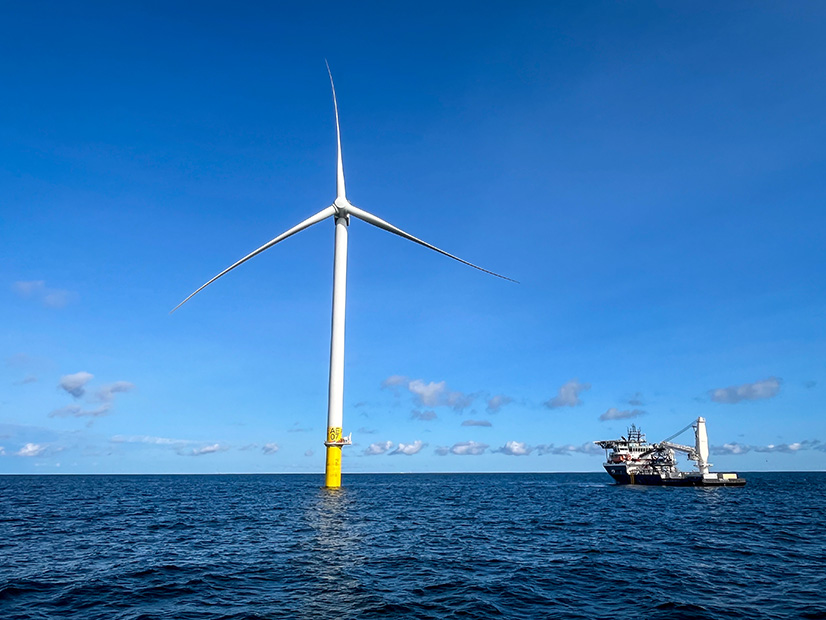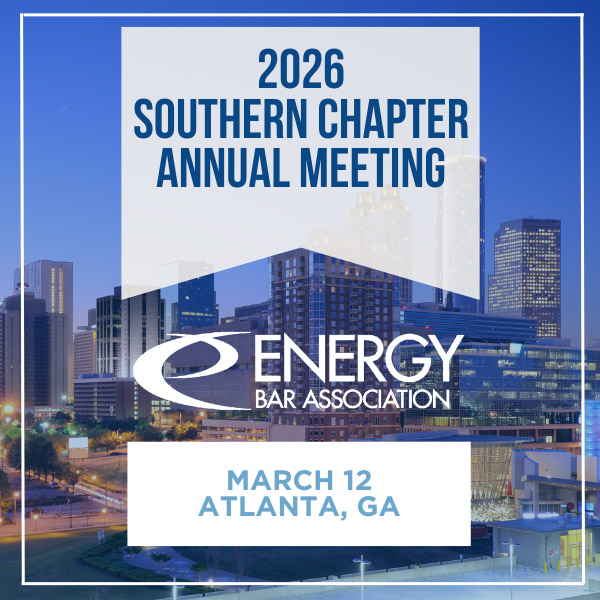Three companies closely involved in offshore wind power development offered a glum assessment of the sector’s prospects in the U.S.
Developer Equinor and turbine manufacturer Vestas reported their year-end results Feb. 5, and developer Ørsted on Feb. 6.
Equinor and Ørsted, who are behind three of the five U.S. projects now under construction, said they expect to continue with those projects even as the Trump administration has moved to strangle a sector that enjoyed strong support during the Biden administration.
Vestas CEO Henrik Andersen offered the opinion that the industry had set itself up for trouble in the U.S. over the past 18 to 24 months, a period when most advanced projects in the Northeast canceled their offtake contracts and sought more money or were paused.
Equinor and Ørsted both said they would scale back their investments and their expected buildout of renewables through the end of the decade. Vestas, which booked its first U.S. offshore order in 2024, said it expected a steep learning curve with negative financial impacts in early deliveries of its new V-236 15-MW offshore turbine.
“We will not take unnecessary risks by entering a revitalized arms race or being swayed by unrealistic political aspirations,” Andersen wrote in an introduction to the annual report.
Financial analysts asked executives of all three Scandinavian companies for their thoughts on the U.S. market.
Ørsted
2024 was another costly year for Ørsted’s U.S. operations.
“We have recorded total impairments of [$2.16 billion] for the year, with the majority relating to the adverse developments within our U.S. offshore wind portfolio,” newly appointed CEO Rasmus Errboe said.
CFO Trond Westlie said the company expects a further ramp up in costs as its Revolution Wind and Sunrise Wind projects move closer to completion. Revolution began offshore construction in 2024 while Sunrise will begin in 2025; both are behind schedule, causing some of the cost impairment Errboe cited.
Errboe said the company will invest in fewer offshore projects and reduce its 2030 capacity goals as it cuts its investment plans by 25% through the 2020s, but said it remains fundamentally confident in the long-term attractiveness of offshore wind as a means of energy generation.
Revolution and Sunrise are not affected by President Donald Trump’s freeze on new offshore wind leasing but potentially could be impacted by the review of existing leases that Trump also ordered, or by new tariffs on what is a heavily European supply chain.
An analyst asked if Ørsted had given itself enough of a buffer. Errboe said he thought it had, but added: “There is no doubt that we have seen increased pressure on our metrics, and obviously, in particular, due to the recent events in the U.S.”
Equinor
Equinor said it expects to increase its oil and gas production by more than 10% over 2024 levels by 2027. It also expects to reduce its renewables and decarbonization investments to about $5 billion from 2025 through 2027. And it is lowering its target for renewables capacity to 10 to 12 GW by 2030.
CEO Anders Opedal noted the uneven nature of the energy transition globally and pointed to pressures such as inflation, supply chain bottlenecks and regulatory uncertainty. “In our view, the energy transition must be balanced and financially sustainable,” he said.
Equinor is developing the 810-MW Empire Wind 1 off the New York coast. Onshore work has begun, and the company hopes to bring the $7 billion project online in 2027.
An analyst asked what would happen if Empire lost the $2 billion in federal investment tax credits that make up a key part of its financing.
Opedal thought that scenario unlikely — but not impossible, given the nature of politics. “We advocate to all governments that we talk to that predictability and stability and regulatory framework, it’s important, otherwise energy companies like us and others cannot invest in those countries.”
There is a long U.S. history of grandfathering projects affected by policy changes, Opedal said. That does not remove the uncertainty facing Empire Wind 1, but Equinor is pushing forward with it, he added.
“And altogether it has been a challenging project, but, you know, close to 10% equity return. So this is not great. It is OK.”
Cancellation at this late point would carry substantial costs of its own.
Vestas
Vestas in 2024 received its first-ever U.S. offshore wind turbine order: 54 of the V-236 turbines to power Empire Wind 1.
CEO Andersen seemed pessimistic about a second order coming anytime soon.
“I think the offshore has come to a stop more or less, with immediate effect,” he said, referring to Trump’s executive order.
“And of course, I can only regret that. But on the other hand, I think also it’s an appreciation of that the actual and factual things happening in the U.S. East Coast over the last two to three years probably stopped that themselves some time ago, because it wasn’t transparent and it didn’t give a [line of sight] how to build a pipeline there.”
Andersen clarified for another analyst:
“I think the offshore U.S. [wind industry] probably stopped themselves 18, 24 months ago, because it didn’t give the visibility and it didn’t get the traction on auctions coming out on a frequent basis between the six states. And of course, somebody has taken a bit of an advantage of that and probably stopped most of it. I feel strongly for the people that have spent now three, five, six years in working on offshore projects.”
Vestas cooled on the idea of building U.S. factories for offshore wind components 18 to 24 months ago, Andersen said. Its main offshore wind infrastructure in the U.S. now is human knowledge, he said, and the company will try to transfer key personnel to other parts of the company.
U.S. onshore wind is an entirely different situation for Vestas.
It has a factory, a domestic supply chain and more than 5,000 employees in this country, plus a large book of orders and a much stronger position from which to roll with the Trump administration’s policy changes.
“We see the onshore and the offshore very differently,” Andersen said. “When it comes to the onshore backlog, we are well covered for ‘25, we are well covered a long distance into ‘26, and right now, I will say, the dialog with customers are really, really well.
“I will confirm, many people are still sticking to their projects, the pipeline. And also, not to forget, the states generally appreciate the buildout and also need the electricity generation.”



